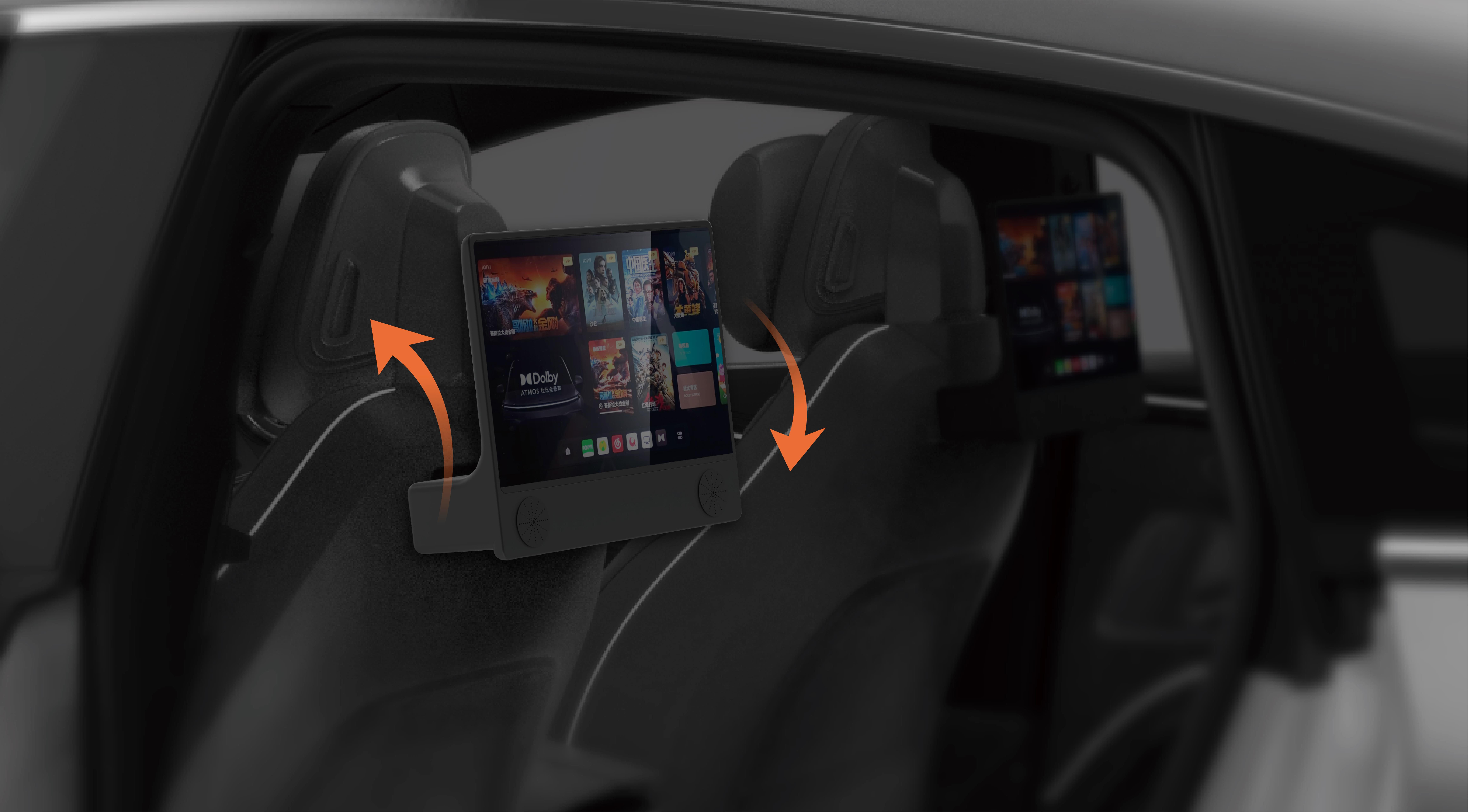Unleashing the Power of Micro Servos 9G in Arduino Projects
In the world of robotics and electronic hobbies, few components are as fundamental and versatile as the micro servo motor. When paired with an Arduino microcontroller, this tiny yet mighty device transforms simple ideas into tangible, moving creations. Whether you’re designing a robotic arm, a pan-and-tilt camera, or an autonomous vehicle, understanding how to control a micro servo 9g is an essential skill that opens a universe of possibilities.

What is a 9g Micro Servo?
The 9g micro servo, often simply called a “micro servo,” is a small, lightweight motor with built-in gears and a control circuit. Its name derives from its approximate weight—about 9 grams—and its compact size, typically measuring around 22mm x 12mm x 24mm. Its size makes it perfect for projects where space is limited, but precise movement is required.
Unlike larger servos, the 9g servo is highly suitable for applications like remote-controlled (RC) aircraft, small robots, and wearable tech. Despite its size, it can deliver torque of approximately 1 to 2 kg/cm, depending on the model, enough to handle various lightweight tasks.
Why Use a 9g Micro Servo with Arduino?
The Arduino ecosystem is known for its simplicity and flexibility, making it ideal for beginners and seasoned hobbyists alike. Integrating a 9g servo with Arduino unlocks capabilities such as:
Precise angular movement: Control the servo to rotate to specific angles. Repeatability: Achieve consistent positioning for repetitive tasks. Ease of use: With only a few wires, you can control complex mechanical actions. Cost-effectiveness: Micro servos are inexpensive, making them accessible to all.
Getting Started: What You Need
Before diving into code, gather your components:
Arduino board (Uno, Nano, Mega, etc.) 9g micro servo Jumper wires Breadboard (optional) Power supply (if your project requires more current) A computer with Arduino IDE installed
Wiring the Micro Servo to Arduino
The typical wiring configuration involves three wires on the servo:
Power (Red): Connect to 5V on Arduino (some servos can run on 6V; check your specific model). Ground (Black or Brown): Connect to GND on Arduino. Control Signal (White, Orange, or Yellow): Connect to a PWM-capable digital pin (e.g., pin 9).
This setup is straightforward enough for hobbyists, but it’s important to note that servos sometimes draw more current than an Arduino pin can safely provide. If your project involves multiple servos or the servo’s load is high, consider powering the servo from an external power supply and sharing ground with Arduino.
Programming the Micro Servo with Arduino
Getting the servo to move is simpler than you might think. The Arduino IDE comes with a helpful library called Servo.h that abstracts much of the complex timing involved in PWM signals. Here’s a basic outline of the process:
Include the Servo.h library at the beginning of your sketch. Create a Servo object. Attach the servo object to the desired digital pin. Use write() methods to specify the angle (0-180 degrees).
Let’s look at a simple example:
#include Servo myServo; // create servo object to control a servo void setup() { myServo.attach(9); // attaches the servo on pin 9 } void loop() { for (int pos = 0; pos <= 180; pos += 1) { // goes from 0 to 180 degrees myServo.write(pos); // tell servo to go to position in variable 'pos' delay(15); // waits 15ms for the servo to reach the position } for (int pos = 180; pos >= 0; pos -= 1) { // goes from 180 to 0 degrees myServo.write(pos); // tell servo to go to position in variable 'pos' delay(15); // waits 15ms for the servo to reach the position } }
This sketch makes the servo sweep back and forth smoothly. It’s the perfect starting point for understanding how to control movements precisely. Once comfortable, delving into more complex routines, such as triggering movements based on sensor input, becomes a natural next step.
Tips for Successful Micro Servo Control
Always verify your power supply: Servos can draw bursts of current, and a stable 5V source is vital. Avoid stalling the servo: Do not command it to turn beyond the physical limits to prevent damage. Useservo libraries and delay carefully: Too many calls or delays can affect responsiveness. Experiment with the write() parameter: Try angles from 0 to 180 degrees to understand the range of your servo.
Real-World Applications: Making Your Ideas Move
The combination of a micro servo and Arduino can turn your wildest ideas into reality. Consider:
Creating a robotic arm for pick-and-place tasks in small-scale automation. Designing a camera gimbal for stabilized footage. Developing a simple automated pet feeder or plant watering system with moving parts. Building an interactive art installation where sensors trigger movements.
The only limit is your imagination. As your skills grow, so does the complexity of your projects—from synchronized multi-servo mechanisms to integrating sensors and creating autonomous behaviors.
Want to continue to part 2?
Kpower has delivered professional drive system solutions to over 500 enterprise clients globally with products covering various fields such as Smart Home Systems, Automatic Electronics, Robotics, Precision Agriculture, Drones, and Industrial Automation.




































